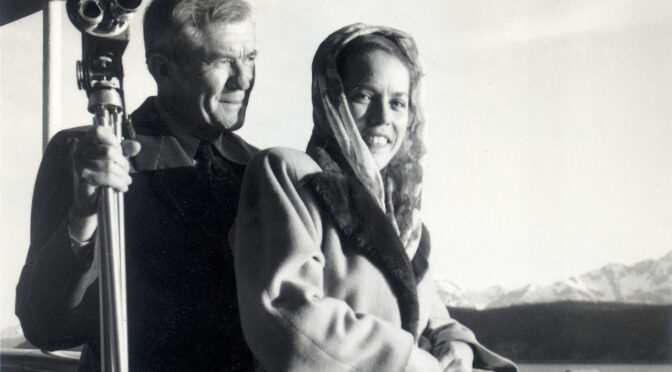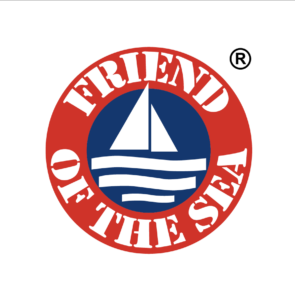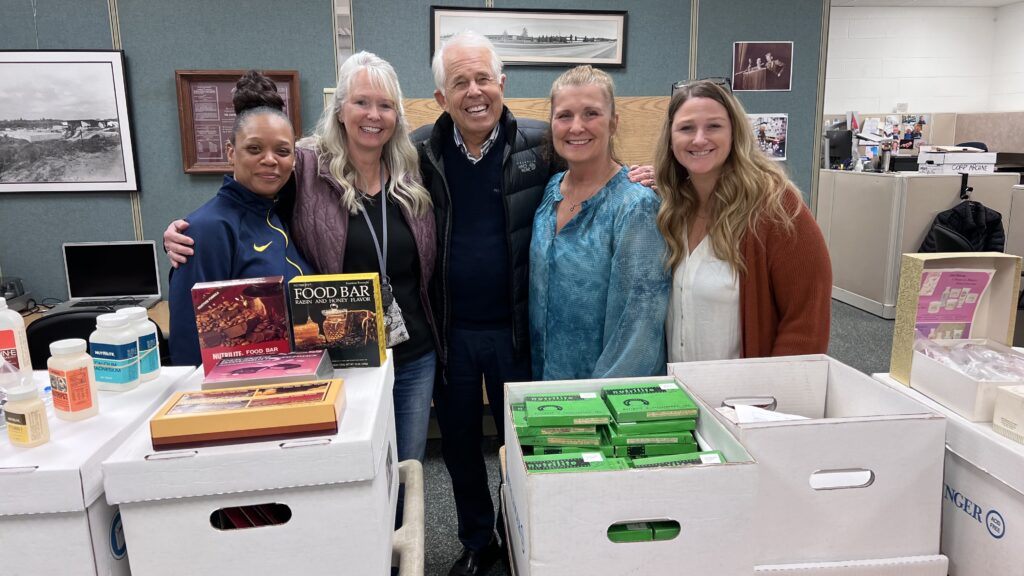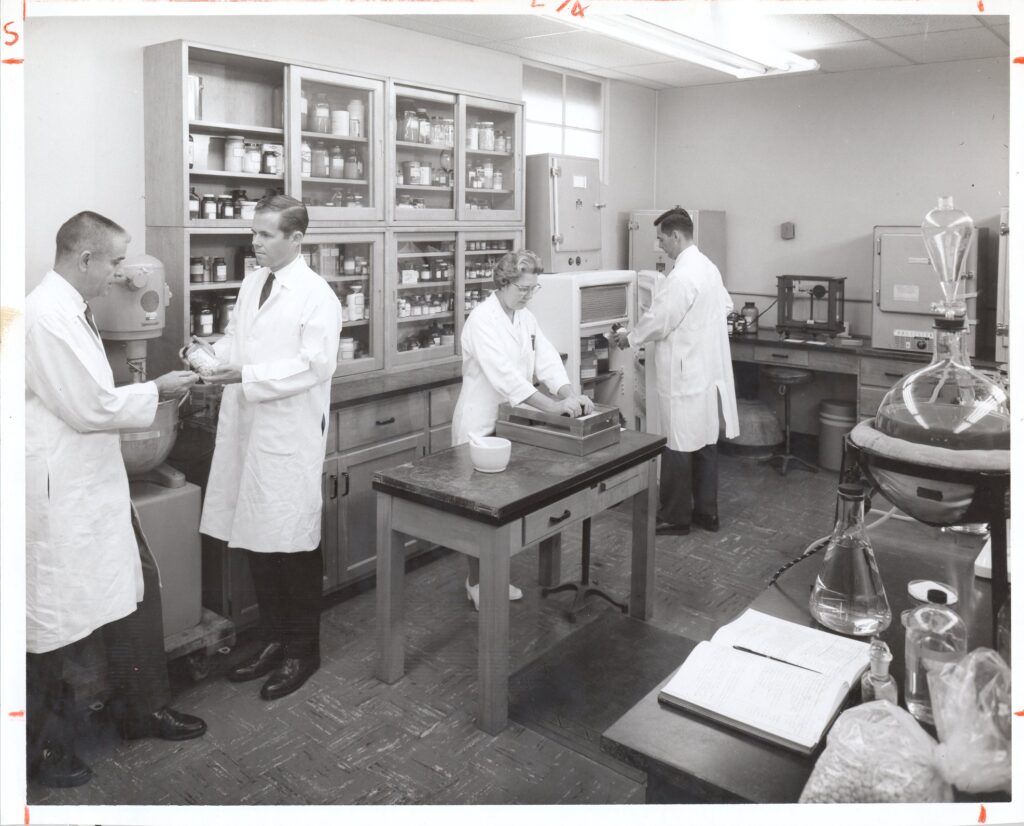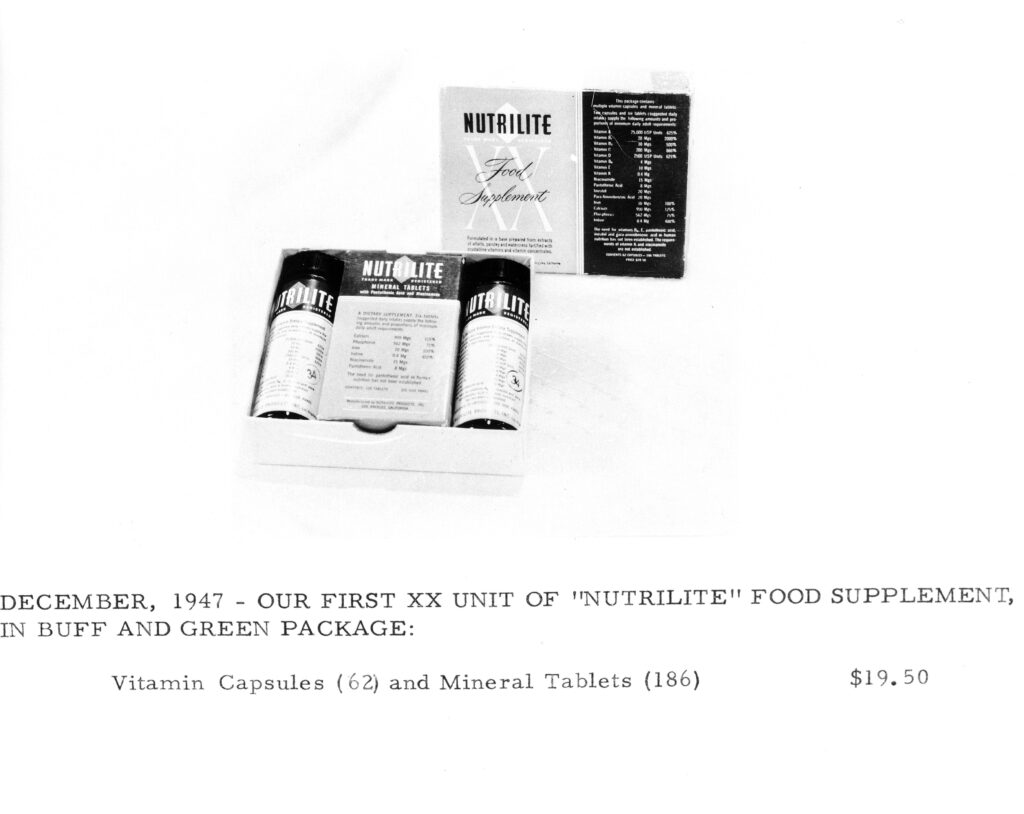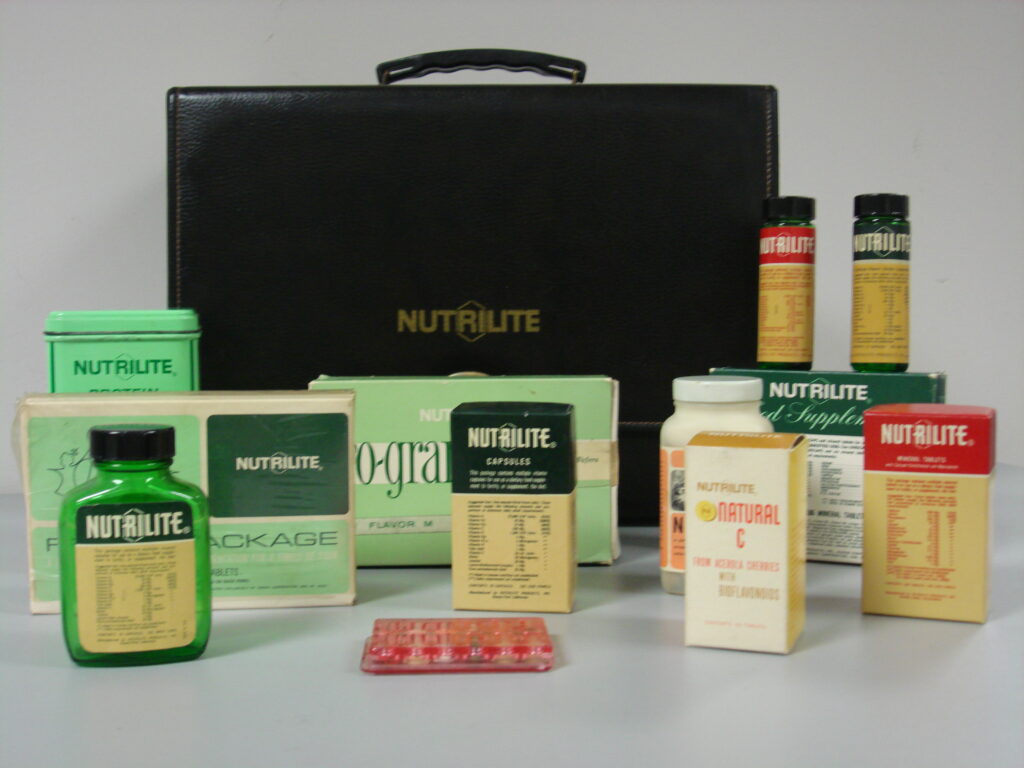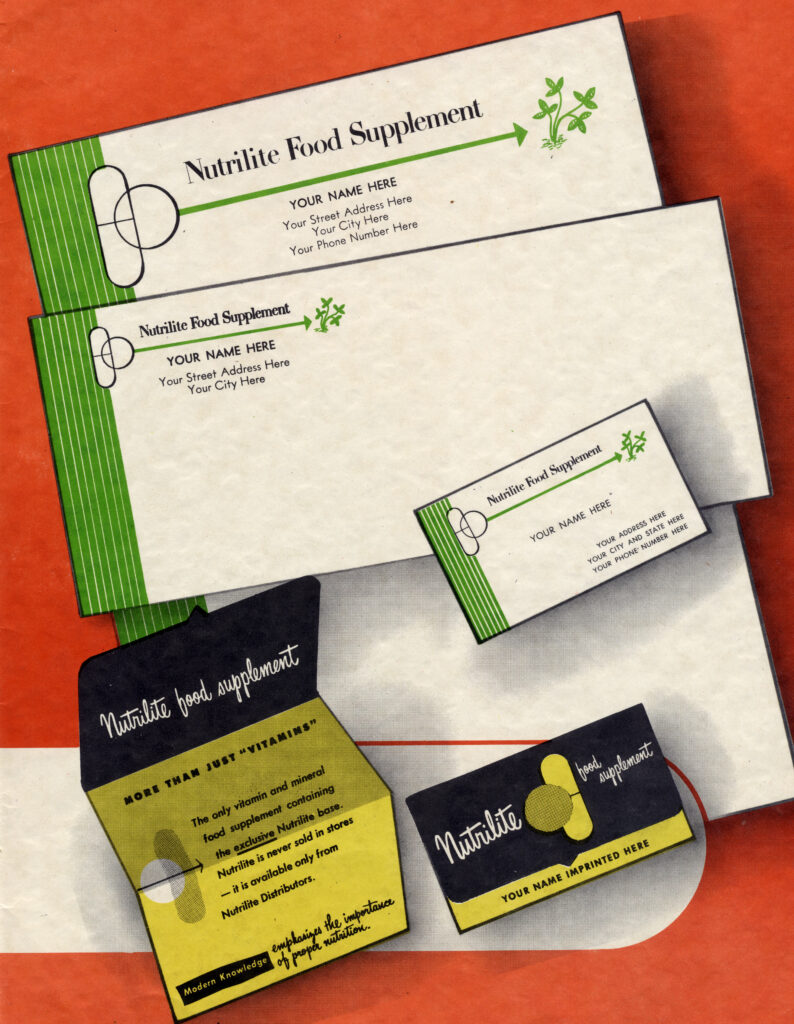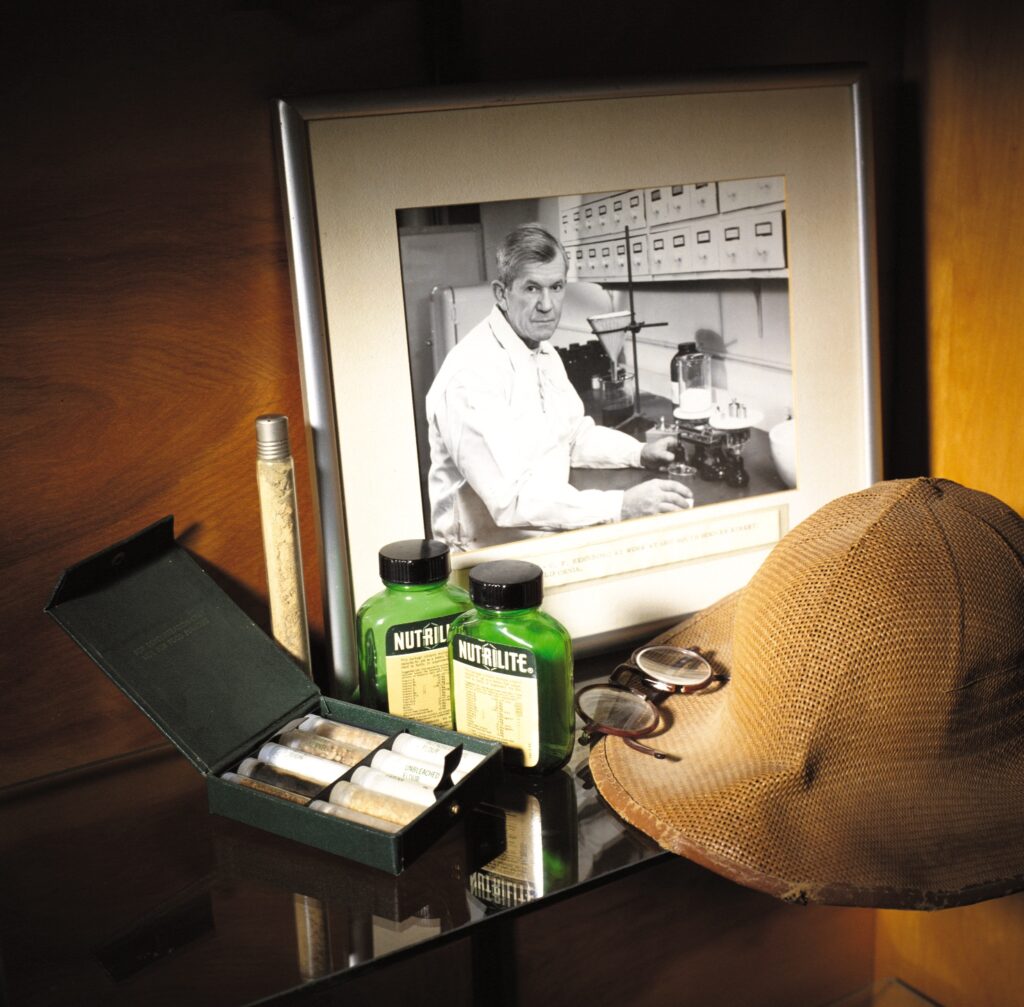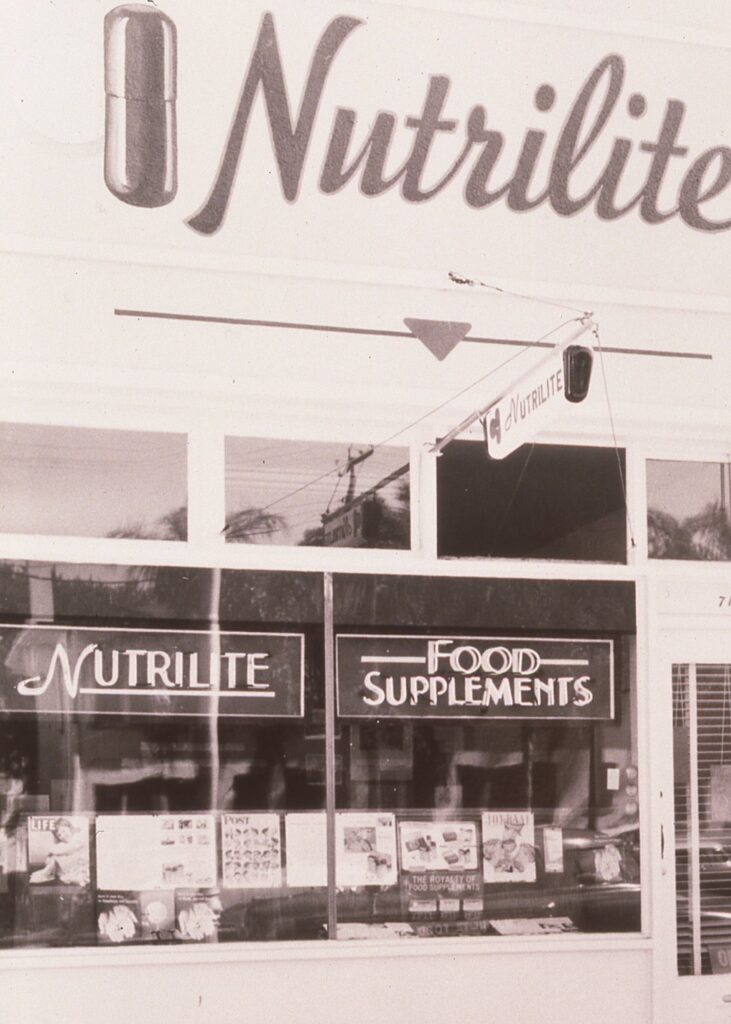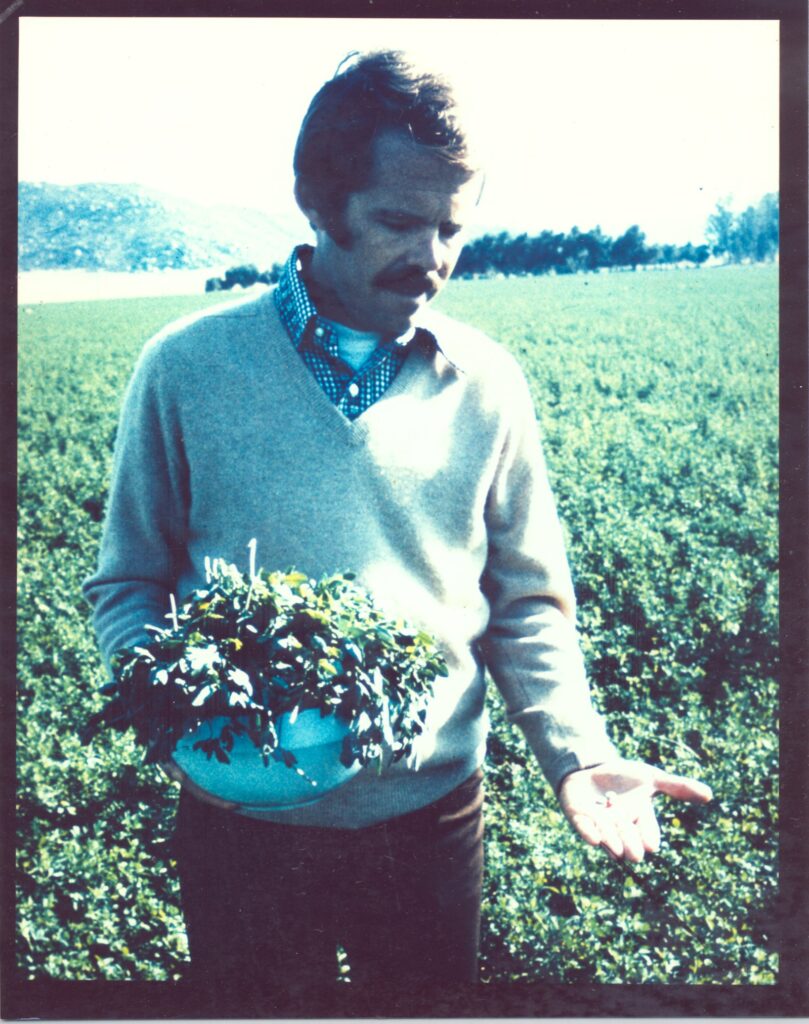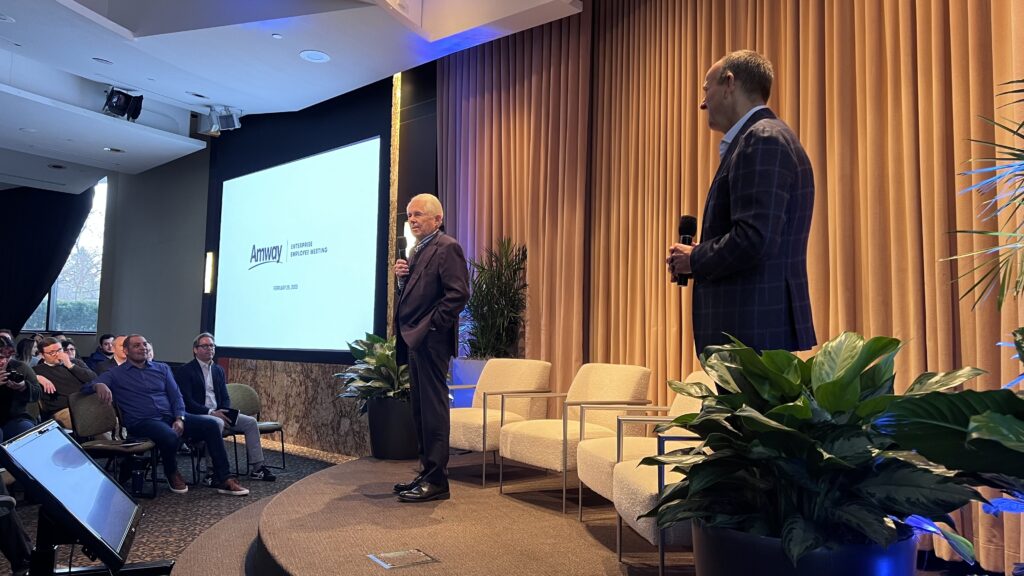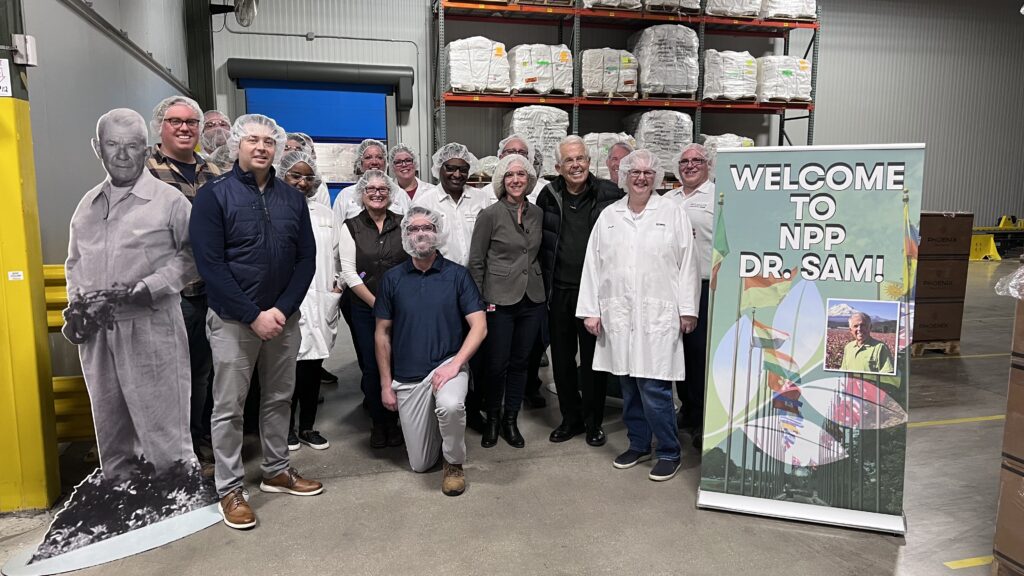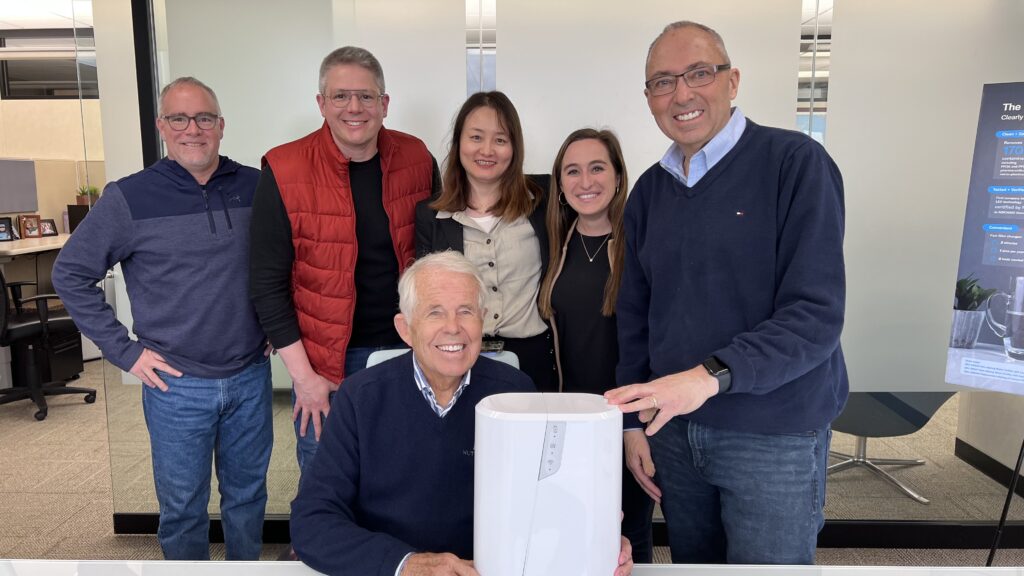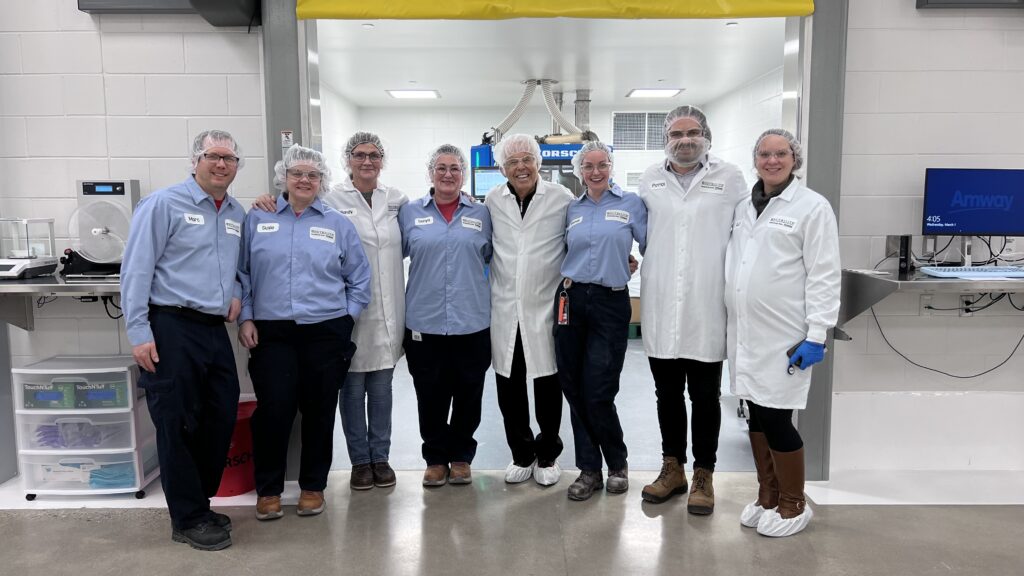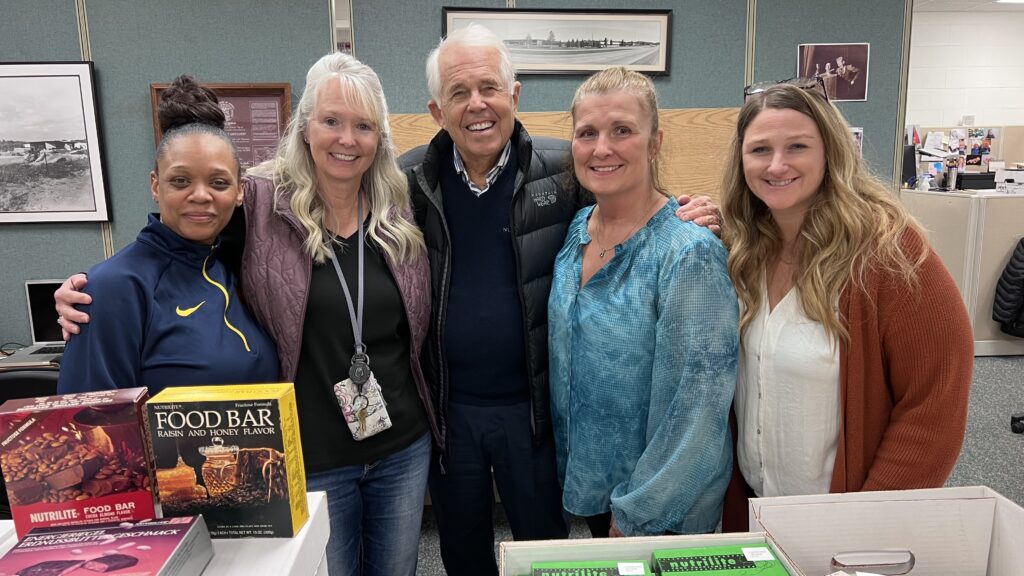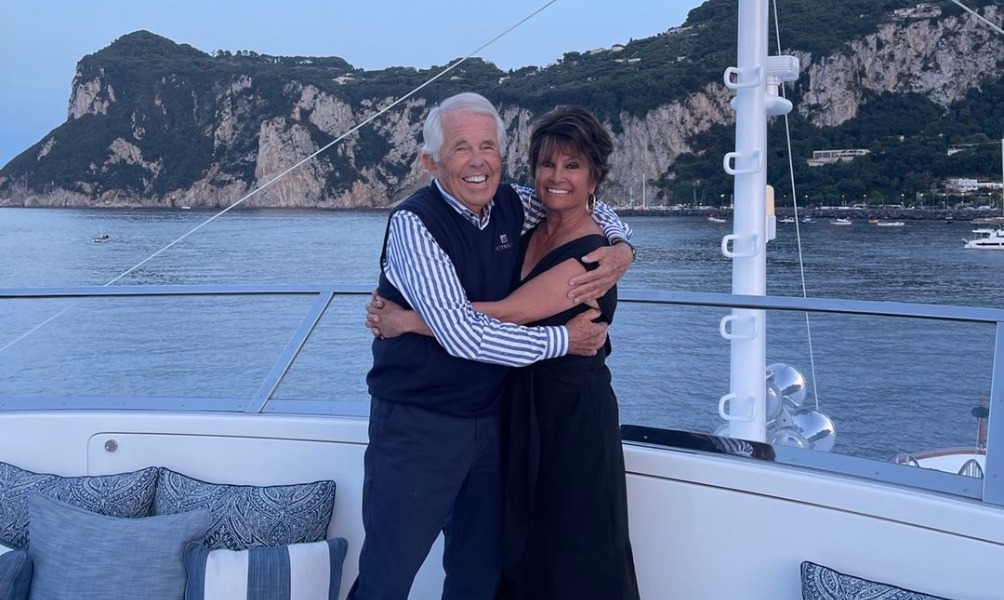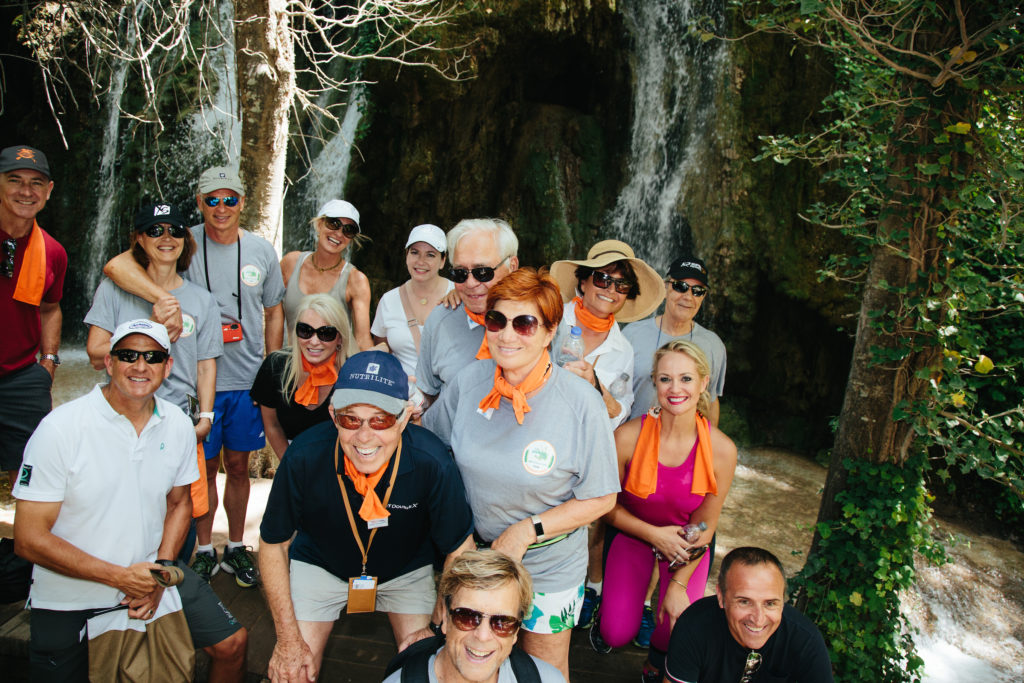My father, Nutrilite founder Carl Rehnborg, was ahead of his time, he was able to foresee outcomes before they happened. And he was always looking for ways to improve the health of the planet and our prospects as individuals – even in unconventional ways.
If you’ve read The Nutrilite Story, you might know the story of the Acania a ship he purchased to harvest plankton from the sea off the coast of Alaska. If you want to know more about Nutrilite history, understanding the story of the Acania is a good place to start because it embodies my father’s forward thinking-nature, the type of thinking that translates into the foundation of the Nutrilite brand.

An Eventful World Tour
In the early 1950s my father was entering the retirement phase of his life, having turned 65 in 1952. But he wasn’t slowing down by any means.
A year later, his insatiable curiosity led him to embark on a world tour with his wife Edith that took them to Europe, the Middle East and Asia. During his travels, he was analyzing the character and culture of ancient places that were brand new to him. And in doing so he couldn’t help but view things through his own particular lens – nutrition.
He visited Europe when it was still recovering from the devastation of World War II. He theorized that proper supplementation could help bridge nutritional gaps in people still recovering from the traumas of war. And throughout his travels across three different continents he saw stark reminders of poverty and malnutrition.
He returned home inspired to find ways to make the world a better place and to do what he could to help eliminate poverty and starvation. He saw that people were not only suffering from a lack of vitamins, but also from an inadequate intake of protein.
Observations while Sailing to and from China
Decades earlier he had sailed to and from China across the North Pacific, where he saw plankton blooms glowing in the dark seas at night. Memories of those passages across the ocean gave him an idea for a solution. In the fall of 1954, he decided to find a way to harvest plankton straight from the sea and use it to make a protein supplement.
Why plankton? More bang for the buck, he figured, or more protein by the pound, to be more accurate. Sure, one pound of plankton might be roughly equivalent to a pound of fish, but a lot of food value was lost between the plankton and the big fish that humans ate.
He purchased a 126 foot luxury yacht called the Acania and he refitted it for harvesting plankton. By the summer of 1956, the Acania set sail, bound for the waters off Alaska. I was able to join the crew during my summer break from Stanford University, where I had just completed my sophomore year studying chemical engineering.
How it Worked
From the Acania’s deck, we would send these big coned-shaped nets down 100 feet in water to scoop up the protein-rich plankton. We would follow the plankton on sonar. We could see the fluorescent plankton rise at night with the dwindling sun when we could get close enough to harvest it. We would bring it onboard via big pumps that sucked it out of the water and into the bowels of the boat, where it was spray-dried with relatively little treatment. Every night, we would catch 100 pounds. It produced a very high-quality material that was 85 percent protein.
The trip was a success, proving that plankton could indeed be harvested, and a healthful protein supplement easily made from it.
Unfortunately, the operation wasn’t economically viable. Harvesting plankton was simply too costly at the time to produce a supplement whose primary market would be the world’s most poverty-stricken areas.
The Acania Today
The current owners of the Acania reached out to me earlier this year to compile historical details about the vessel. The ship was built in 1929 and it’s had a storied history with multiple owners. Nutrilite owned it from 1955 to 1960 after which the boat was sold to the Stanford Research Institute.
The ship is being restored after it sank at the dock in Everett, Washington in August of 2017.
I hope to be able to visit the current owners sometime in the near future to share personal stories about my time on the Acania and to relive some of the wonderful memories I experienced as a young man helping to build the future of the Nutrilite brand.



A Friend of the Sea
Today, Nutrilite ingredients harvested from the ocean are Friend of the Sea® certified. That includes the entire supply chain — the fisheries, the fish oil producer, and our products. Specifically, it relates to our new Omega and Advanced Omega products that have begun rolling out this year. It’s another step toward sustainability and care for the planet we call home.
Friend of the Sea® sustainable fisheries and Omega-3 certification ensures certified products minimally impact the environment. Following Friend of the Sea® requirements ensures healthy fish, supports endangered species, and encourages an abundant supply for the future.
My Father’s Legacy
My father was focused on sustainability, social responsibility, and other innovative methods to help alleviate global challenges like poverty, malnutrition, and climate change. He was doing this even before the modern environmental movement was born.
It’s the type of thinking we need more of today as we slowly realize that the future is now. And we can’t pass our problems to the next generation anymore.
Cheers!

P.S. Don’t forget to subscribe to our RSS feed and have blog posts delivered right to your inbox.

